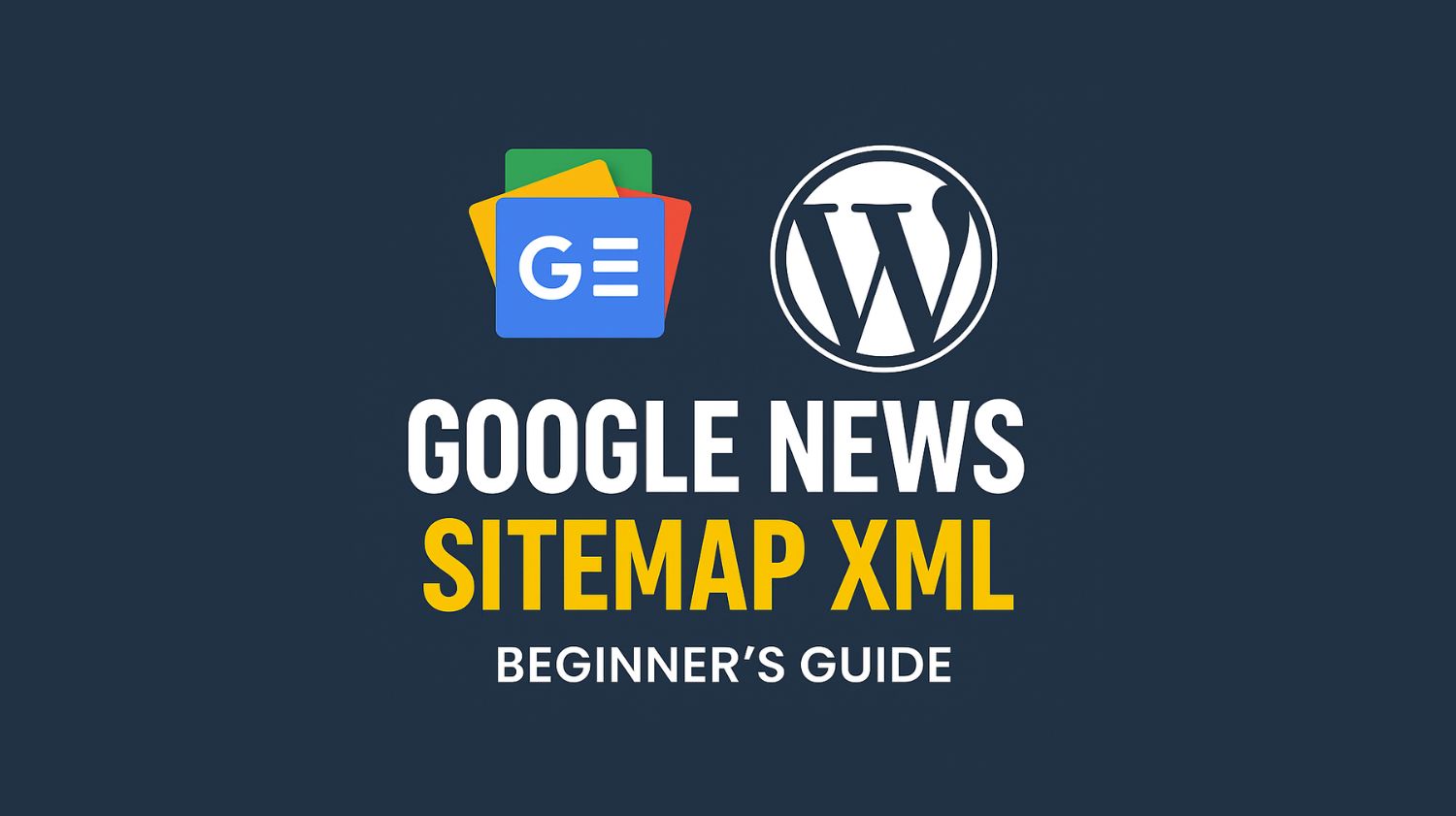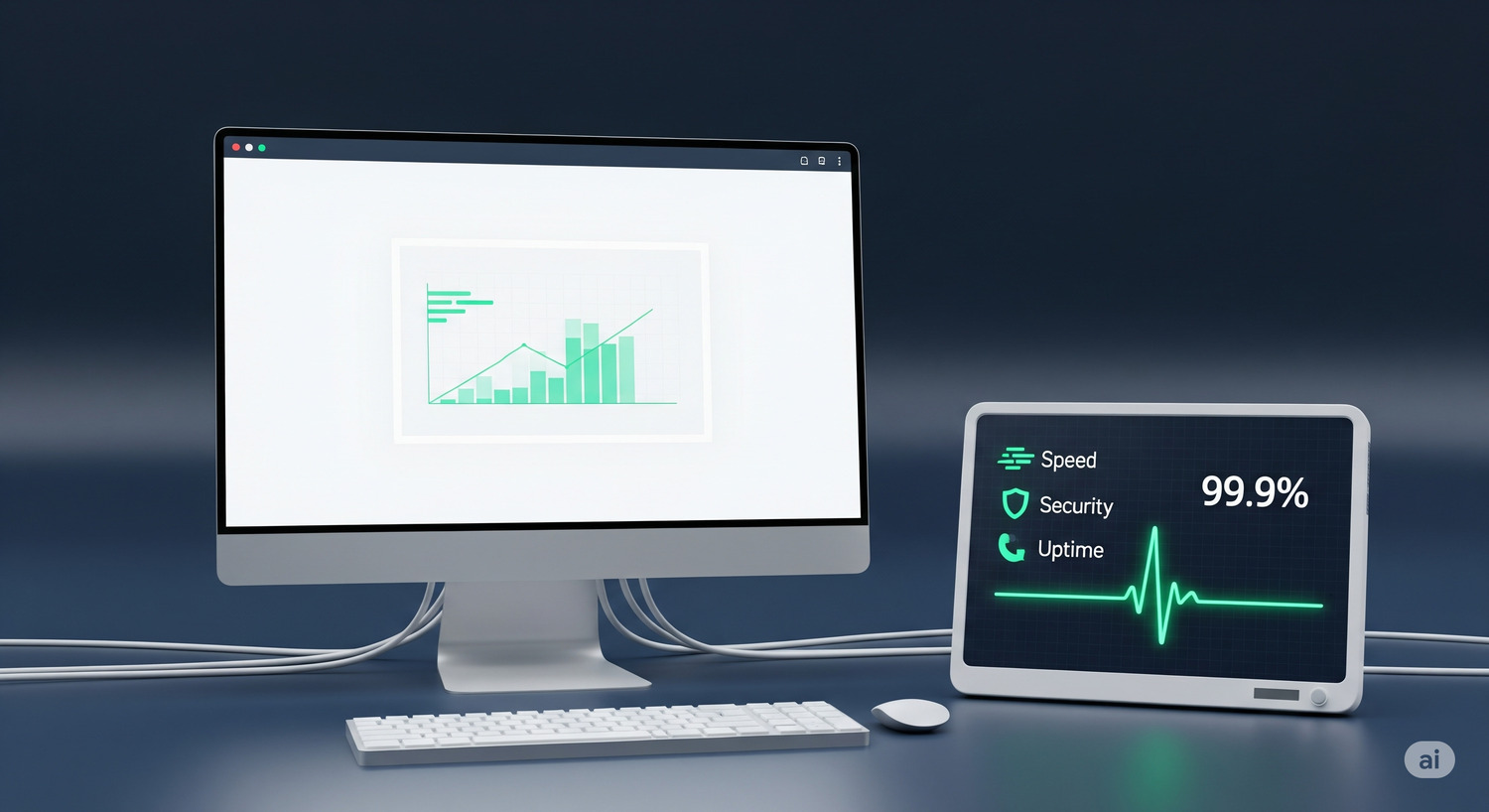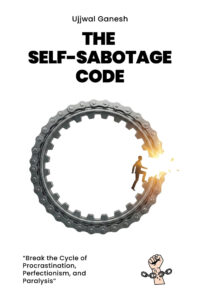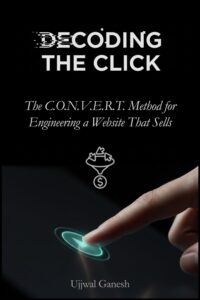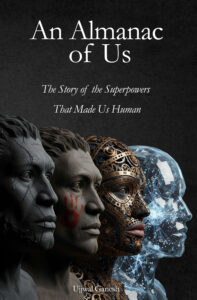Imagine being a brilliant public speaker but delivering your speech in the wrong language to the wrong crowd. No matter how powerful your message, it will fall on deaf ears. This is exactly what happens when your website doesn’t understand its target audience.
Many businesses fall into the “echo chamber” trap: they create content from their own perspective, using industry jargon and focusing on what they think is important. The result? A website that fails to connect, engage, or convert. If you’re trying to sell to everyone, you will ultimately sell to no one.
With my experience, I can tell you that deeply understanding your audience is the single most critical foundation for success. This is your guide to moving from generic guesses to a data-driven strategy that works.
The High Cost of the Audience Blind Spot
Operating without a clear picture of your audience is like flying blind. It’s not just inefficient; it’s incredibly costly.
- You Create Generic Content That No One Cares About: When you don’t know who you’re talking to, your content becomes bland and unfocused. This leads to low engagement, high bounce rates, and a brand that fails to stand out.
- You Waste Your Marketing Budget: As one source notes, $37 billion is wasted in ad spend every year from ads that fail to engage the right audience. Driving traffic is pointless if those visitors immediately realize your site isn’t for them.
- You Erode Trust and Credibility: Using the wrong tone, language, or imagery can make visitors feel excluded or misunderstood. This creates a disconnect that harms your brand’s reputation.
- You Can’t Articulate Your Value: Without understanding your audience’s specific pain points, it’s impossible to craft a compelling value proposition that tells them why they should choose you.
The Blueprint for a Data-Driven Audience Strategy
To build a website that genuinely connects, you must move beyond assumptions. Here is a proven, step-by-step framework to truly understand your users.
Step 1: Conduct In-Depth Market Research
This is the foundation. You need to know more than just basic demographics.
- Analyze Your Existing Customers: Who are your best customers right now? Look for common characteristics, behaviors, and what problems you solve for them.
- Leverage Analytics: Use tools like Google Analytics to gather quantitative data on your visitors: their age, gender, location, and the technology they use. Also, look at which traffic sources (e.g., Organic Search, Social Media) bring in the most engaged users.
- Conduct Competitor Analysis: Look at who your competitors are targeting. Analyze their messaging and content to find gaps in the market that your business can fill.
Step 2: Create Detailed Buyer Personas
A buyer persona is a semi-fictional, detailed representation of your ideal customer. Don’t just list demographics; give them a name, a job title, goals, and, most importantly, pain points. For example, a coffee tools website might have personas like “Busy Professional Brenda,” who needs a quick and convenient solution, versus “Coffee Connoisseur Carl,” who wants detailed technical specifications. These personas become your guide for every content and design decision.
Step 3: Listen to Your Audience Directly
The best way to understand what your audience wants is to ask them.
- Surveys and Feedback Forms: Use simple tools to ask visitors what they’re looking for or what challenges they’re facing.
- Social Media Listening: Monitor conversations on platforms where your audience is active. What questions are they asking? What language do they use?
- Talk to Your Sales and Support Teams: They are on the front lines and have a deep understanding of common customer questions and objections.
The Future is Hyper-Personalized
In 2025, a one-size-fits-all website is a relic. The future of audience connection lies in hyper-personalization, driven by AI. Modern tools can now dynamically adjust content, CTAs, and even layouts based on a user’s behavior, location, and past interactions. For example, a returning visitor might see a “Request a Demo” CTA, while a first-time visitor sees a “Download Our Guide” CTA. Brands like Function of Beauty even dynamically update their website header with a user’s name to create a uniquely tailored experience.
Stop Shouting into the Void
Building a successful website is not about having the loudest message; it’s about having the right message for the right people. By investing the time to deeply understand your audience, you can stop creating an echo chamber and start building a powerful connection engine that drives engagement, builds trust, and delivers sustainable growth.


